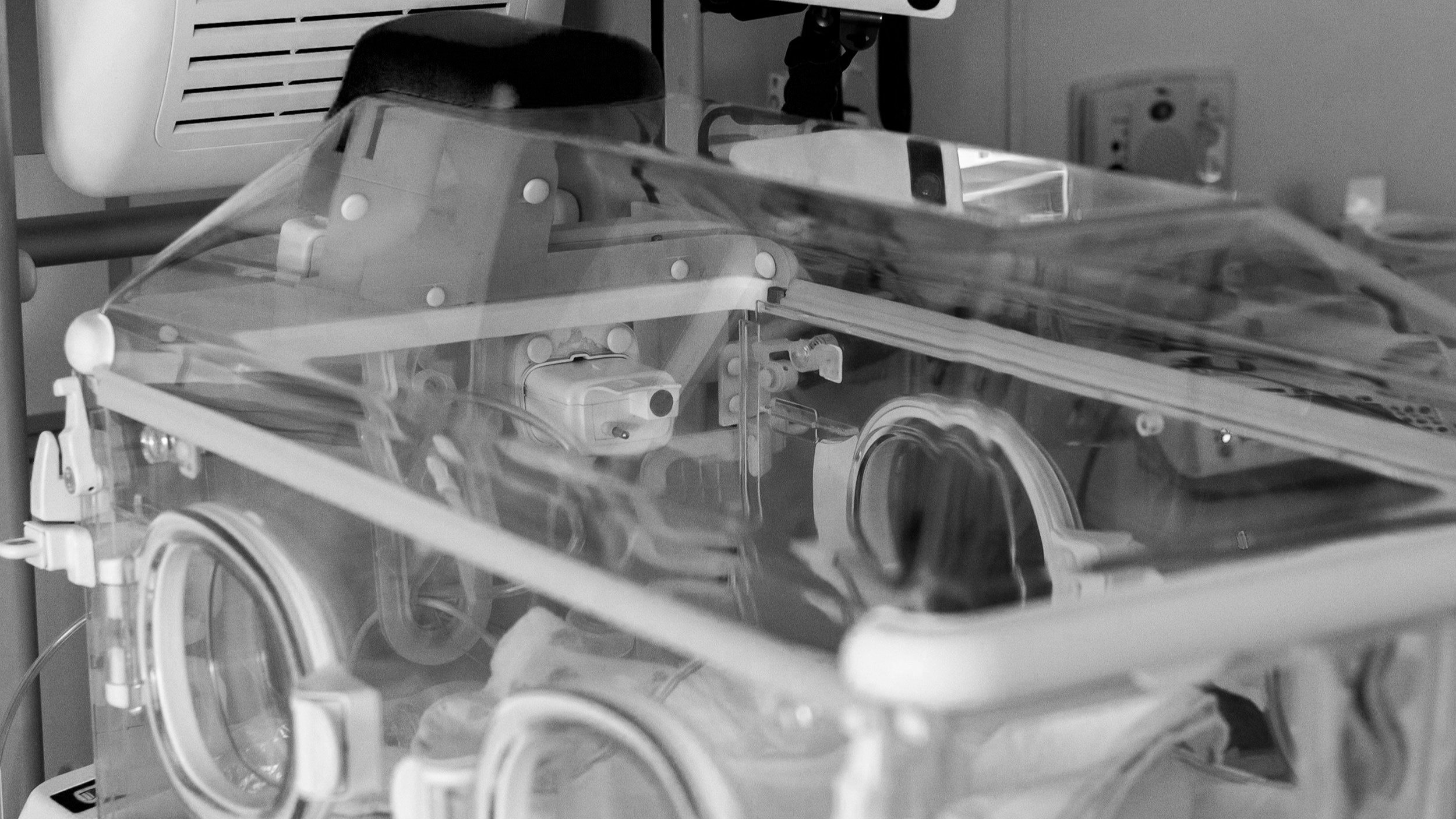Change Management Strategies in the Healthcare Environment
Navigating Change in Healthcare: Balancing Consistency and Innovation
"Change is the only constant in life."
Heraclitus
In a world where change is inevitable, humans naturally crave consistency. This is especially true in healthcare, where consistency promotes efficiency, enhances patient safety, and reduces stress. Consistent policies, procedures, and communication set clear expectations and minimize ambiguity, ultimately leading to better outcomes.
However, change is the driving force behind growth. In healthcare, it fuels innovations in technology and therapies, improves health outcomes, and raises standards for safe healthcare delivery. Despite its benefits, implementing change in healthcare is challenging.
Challenges of Implementing Change in Healthcare
Established Habits and Comfort Zones: Healthcare professionals often develop routines that they are comfortable with. Change requires breaking these habits, which can disrupt time-management routines.
Fear of the Unknown: Change can create uncertainty and anxiety among staff, especially when new technologies are involved. Concerns about adapting to new practices and making mistakes can be overwhelming.
Workload and Time Constraints: Staffing challenges can strain the process of implementing change. Balancing new practices with existing responsibilities is crucial.
Lack of Support and Resources: Adequate support, training, and resources are essential for successful change. Without them, resistance may increase, making it harder to embrace new practices.
Fear for Patient Outcomes: Caregivers prioritize patient well-being. Any change affecting outcomes may raise concerns. Confidence in maintaining or improving patient safety and quality of care encourages acceptance of change.
Strategies for Successful Change Implementation
Share the Why: Understanding the reasons behind change increases compliance. Curiosity drives learning, and knowledge influences behavior.
Support the Staff: Plan to support those most impacted by change. Use super-users and dedicated staff to assist others. Create practice labs for hands-on experience.
Make Training Fun: Gamification enhances education. Interactive tools and games improve knowledge retention and application.
Slow and Steady: Gradual adaptations are more effective than sudden changes. Involve staff in implementation and provide ample notice.
Be Ready to Adapt: Even well-planned changes may need adjustments. Be prepared to pivot and adapt as needed.
Conclusion
While consistency provides stability and safety in healthcare, change is essential for growth and innovation. Implementing change is challenging, but with the right strategies, it can be achieved. Equip yourself with the right information, communicate the reasons for change, and demonstrate adaptability.
About the Author
Adelaide Caprio is the Neonatal Clinical Nurse Specialist at Rush University Medical Center in Chicago, IL, and the founder of Hatch & Bloom Consulting. Passionate about NICU care, Addy strives for the latest practices for vulnerable infants and families. Her mission is to engage staff in meaningful, fun education that translates to excellence in nursing care.

